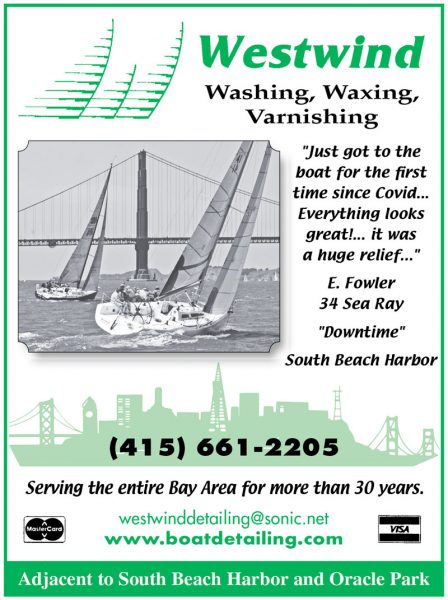
Sailing into the New Year ‘Round the Island
Every year on New Year’s Day, San Francisco’s boating community converges on the Alameda Estuary for ‘Round the Island — a semi-organized parade of watercraft that includes sailboats and powerboats of all sizes, as well as the odd rowboat. On New Year’s Day 2021, Nathan and I were still rigging Medusa, our Santa Cruz 27, when the VHF radio crackled alive. “It looks like the Park Street Bridge has opened early,” said the skipper of Pacific Star. “They might just keep the bridge open for us.”
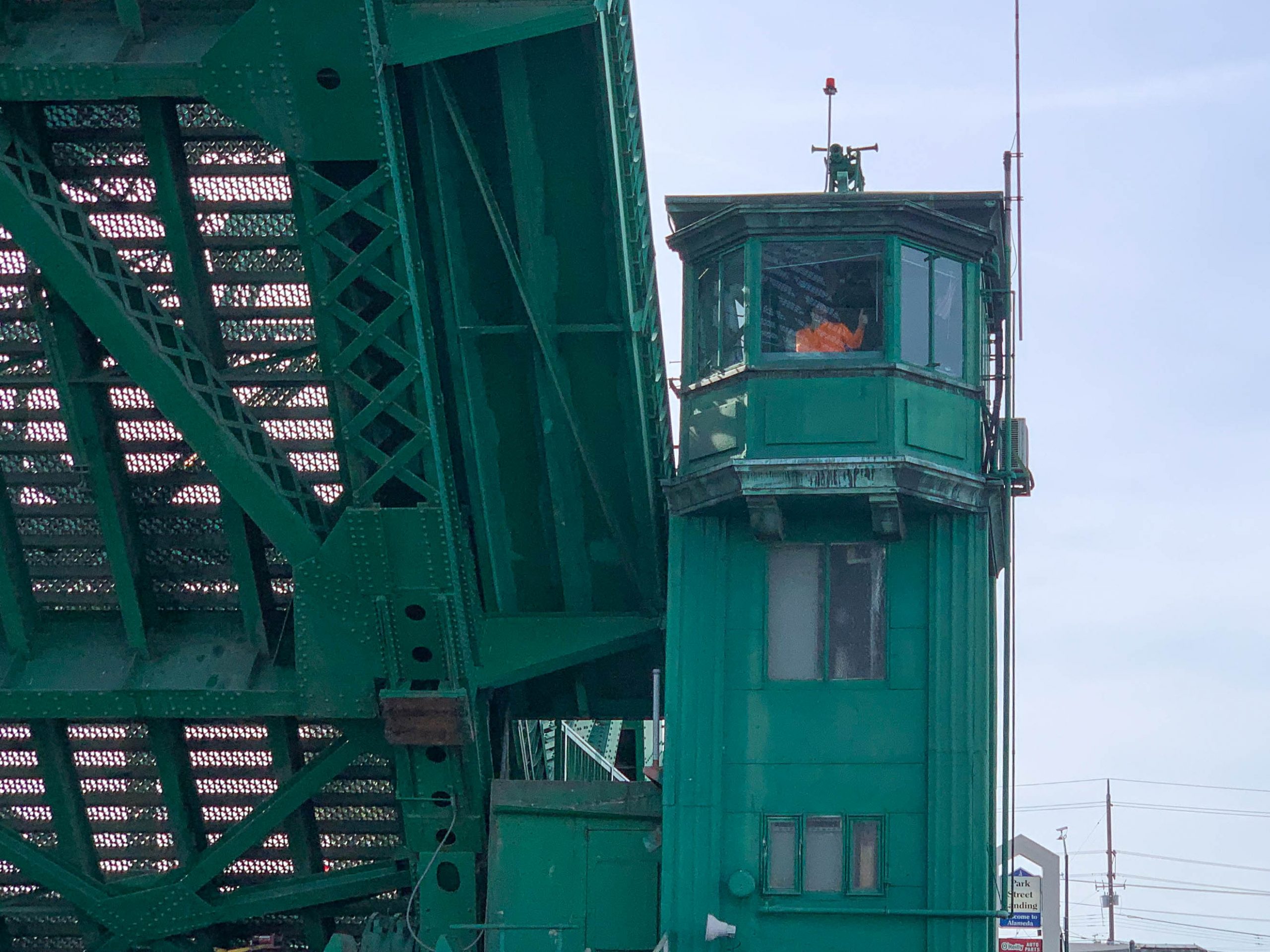
During normal years, Alameda’s six yacht clubs throw their doors open to New Year’s Day guests, offering hot breakfasts, chili and hair of the dog. Amidst the 2020/21 pandemic, the clubs are all closed and there was a murmur of reluctance around even being listed as an “organizing” club. Everyone wanted to celebrate the new year, just not publicly. In December, however, Island Yacht Club’s newly elected commodore made a few phone calls. The show would go on. Tradition would prevail, but with a few modifications. IYC would distribute a virtual flyer and share the word with friends, but make it very clear that there would be no club stopovers. Aeolian YC, being the club most experienced with the precarious San Leandro Channel, would communicate with the bridge operators and provide navigational support. Thus, the preferred direction of travel around the Island would be clockwise, with start times coinciding with the 12:35 p.m. high tide. No boat-sharing, and BYO lunch.
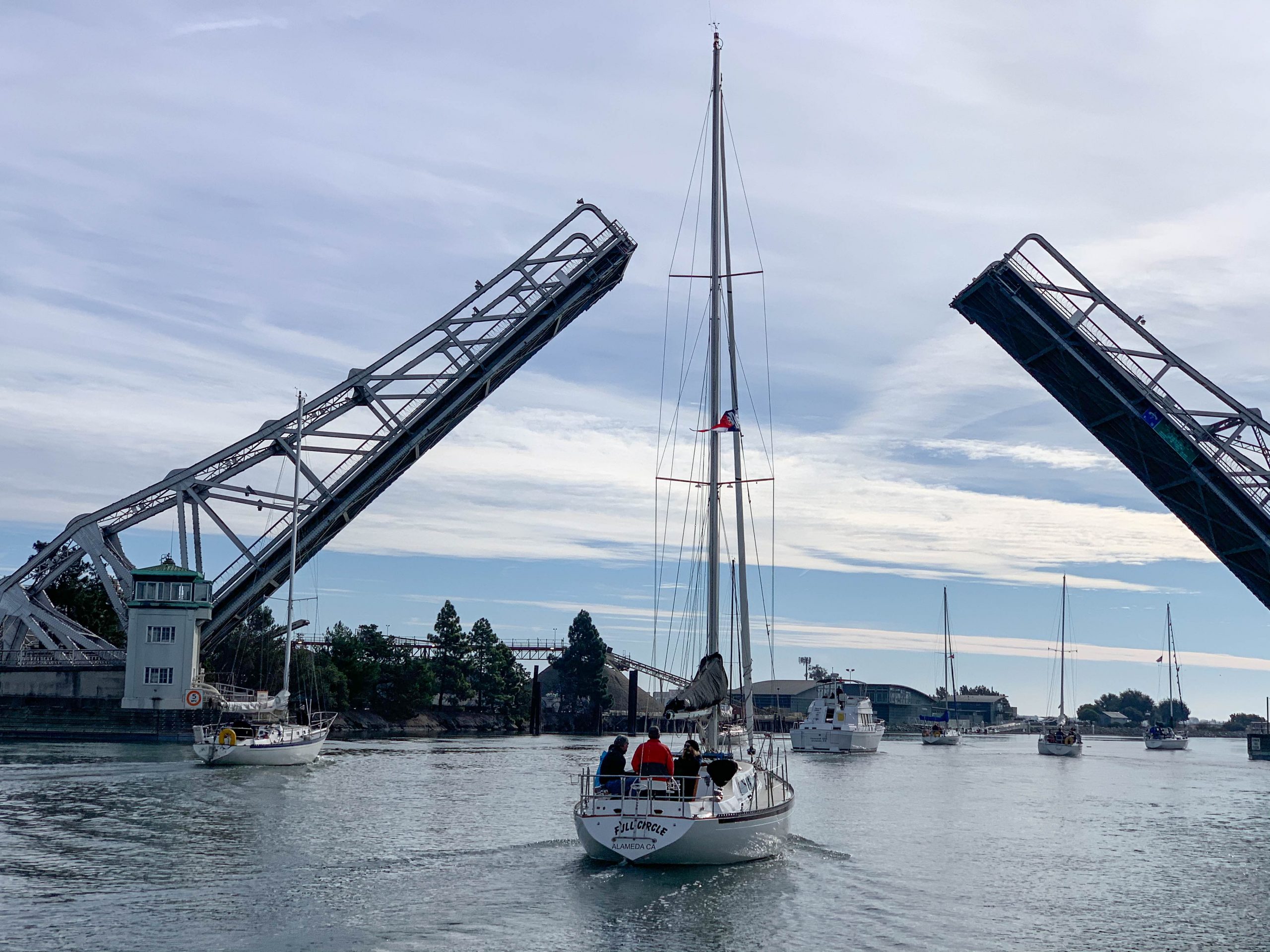
As there was no RSVP system, we really didn’t know who would turn up. But from the moment the radio came alive, we knew that we were in for a special day. A parade of boats was steaming past the end of our dock at Alameda Marina, the vanguard moving at a stately pace, then the laggards maxing their outboard engines to make it through. Later, I found out that boats had turned up from as far afield as Half Moon Bay YC.
Upon exiting the marina, we were immediately escorted by eight or so Islander 36s — a fleet that makes an attempt to ‘Round the Island almost every year. As the skipper of Marilyn told us, “I’ve done this sail for 20 years, but [presumably, because of tides] have only made it around six times.”
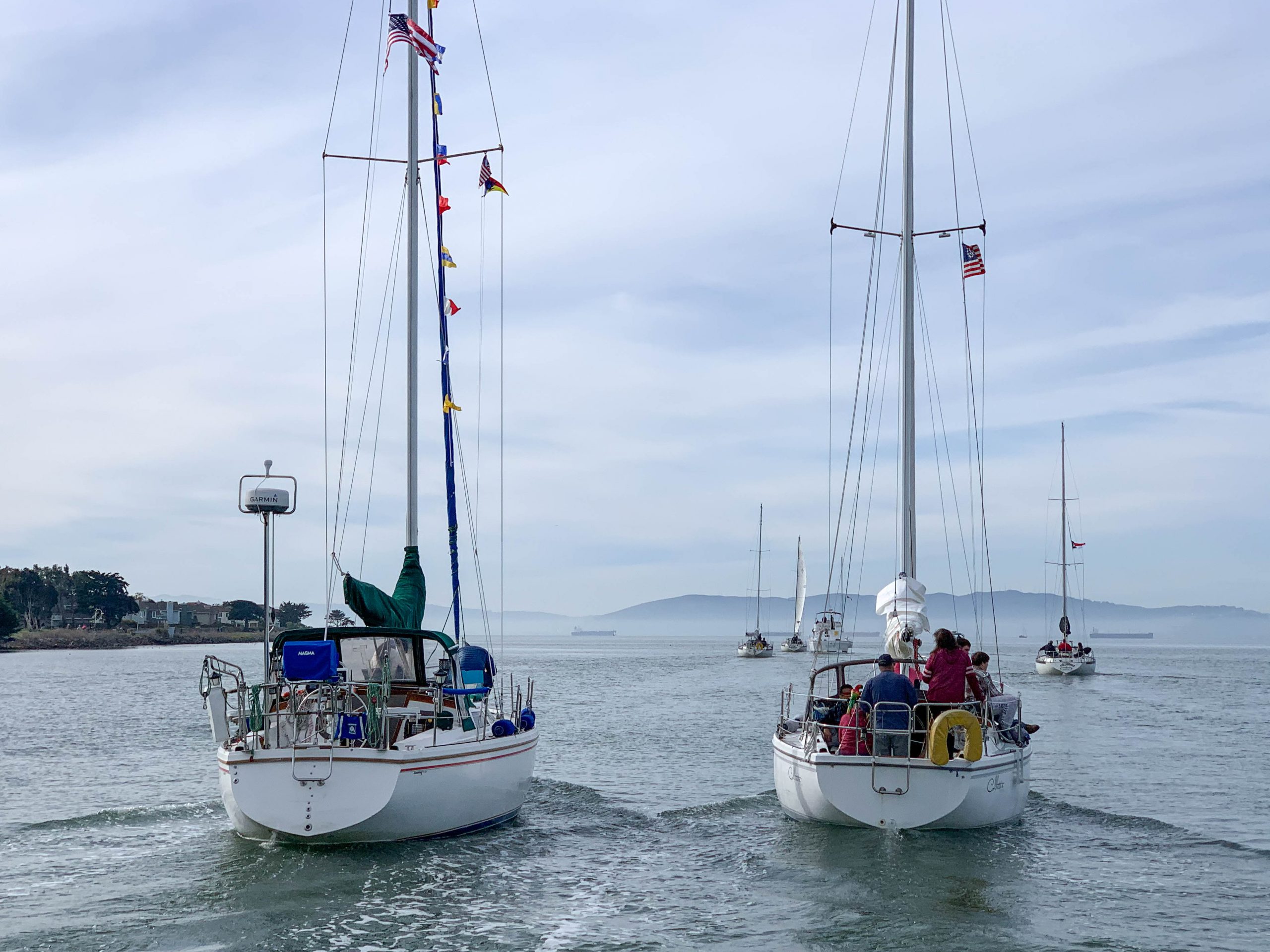
As first-time ‘Round the Islanders asking for advice, we were made very aware of three things. First: There are four bridges. As it turns out, they are operated by friendly bridgetenders who enjoy the annual spectacle as much as we do. Second: The shallow depth of the San Leandro Channel gives people the heebie-jeebies. Yes, people frequently run aground on its sandy sides, even experienced sailors. Third: It’s a very fun way to spend the day. Social distancing didn’t prevent boaters from hollering out, “Happy New Year!” to one another, making inquiries as to who hailed from where, or — when sails went up — playfully teasing us, as our skinny little race boat sashayed through the full-bodied Islander 36 fleet.
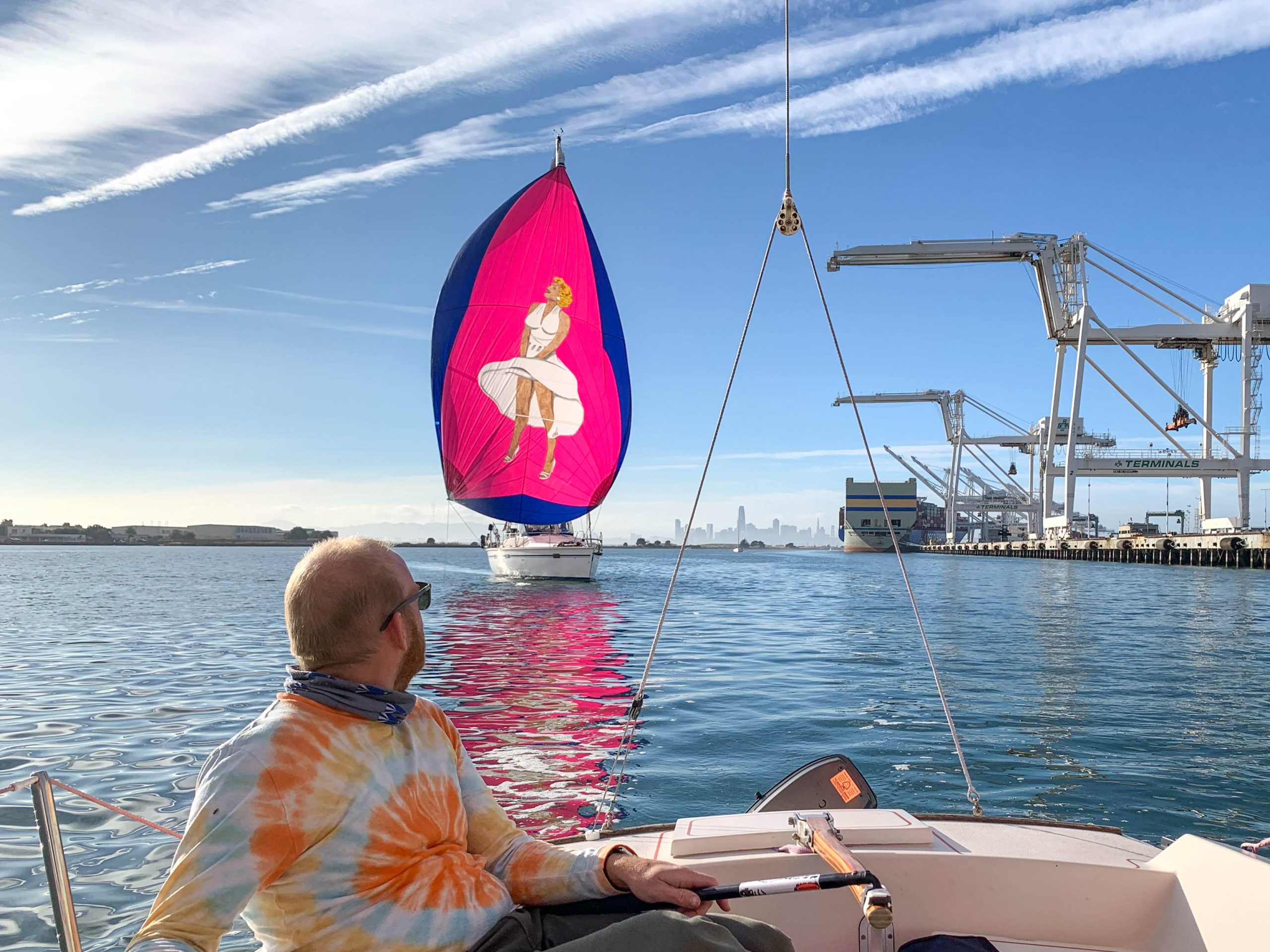
The 15-mile cruise around Alameda is immensely entertaining. Over four to five hours there are bridges to navigate, glamorous homes to envy, the accomplishment of timing the San Leandro Channel just right, and, should you make it through successfully, the expanse of San Francisco Bay. There is also the busy Port of Oakland (where we saw these boaters end their day — during high tide!), drinking holes at Jack London Square to reminisce about, the towering Coast Guard clipper ships, and of course, friends ashore at Alameda Marina. There is resemblance to the grand canals of Europe and the paddleboard-friendly corridors of Southern California’s Newport. Not to mention the approach to Long Beach, where boaters look to the container ships on the horizon, calculating how long they have to transit before one exercises its full-spectrum dominance over the shipping lane.
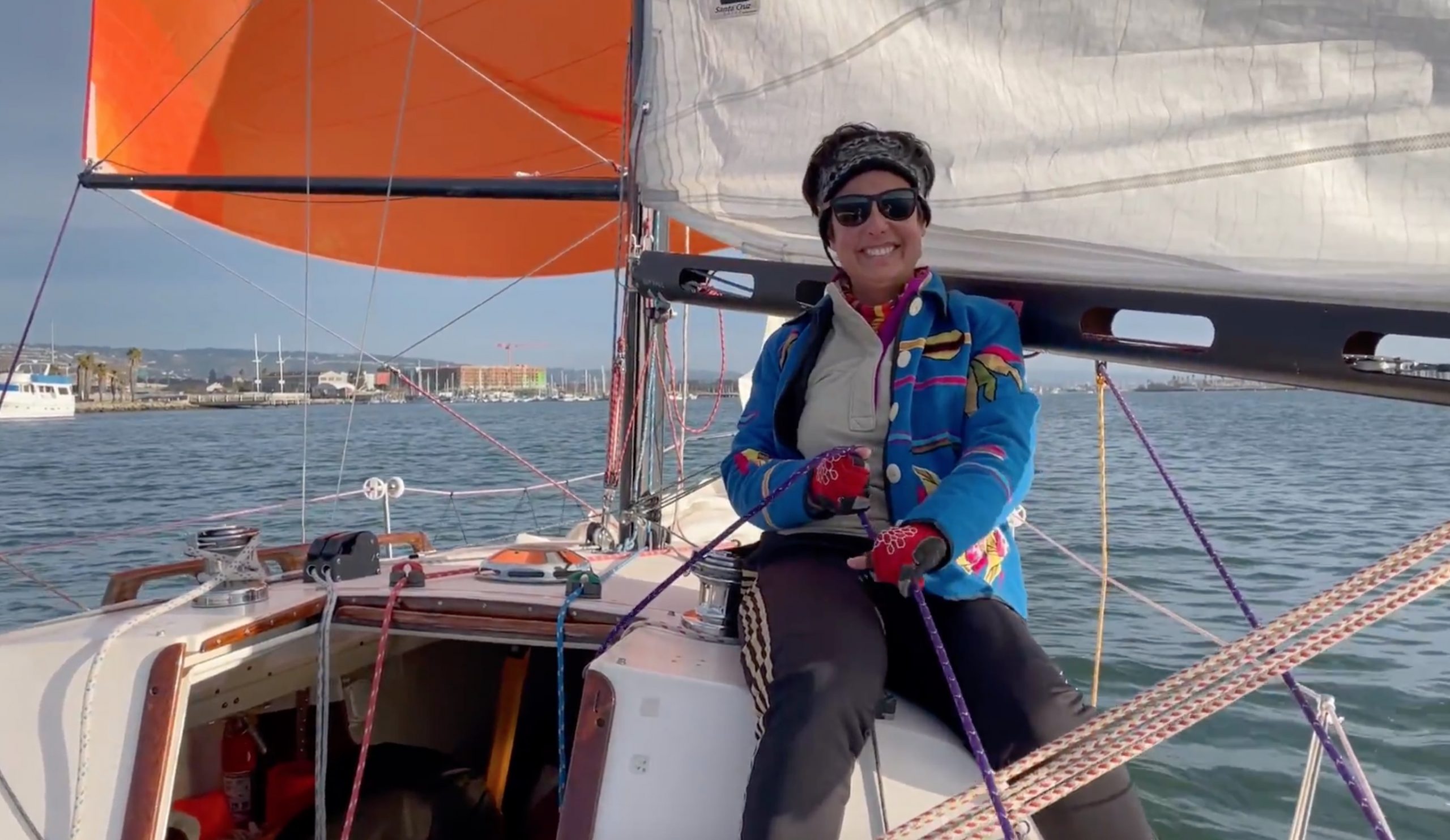
It is remarkable that we can enjoy all of this in January. While on the East Coast the Atlantic storm season has brought bitter cold, and the Great Lakes have frozen over, in Alameda sunny optimism is all. There are longer days to look forward to, a coronavirus vaccine, and eventually, a return to the heady days of Estuary boat racing, chased by cheap booze and barbecuing at the Marina. That’s our forecast for 2021.
Happy New Year, everyone.
Ros put together this short video of her New Year’s Day sail above.
How to Pick the Ultimate Sharon Green Photo?
Actually, it’s impossible. There are just too many. When contributing editor Ross Tibbits spoke to Santa Barbara resident, world-renowned sailing photographer and Ultimate Sailing Calendar creator Sharon Green for his story in our January issue, he asked her to send along a few shots for the story. Of course, Sharon has millions of photos to choose from, and even a small subset of that leaves a dizzying quantity of unbelievable photos. Since we’re looking forward to many things in the new year, including Transpac 2021, we chose one of the almost infinite possibilities from Transpacs past for the January cover.
Beyond the cover shot of Windquest roaring into the Molokai Channel, we thought we’d share a few images she sent along that we couldn’t include in her story.
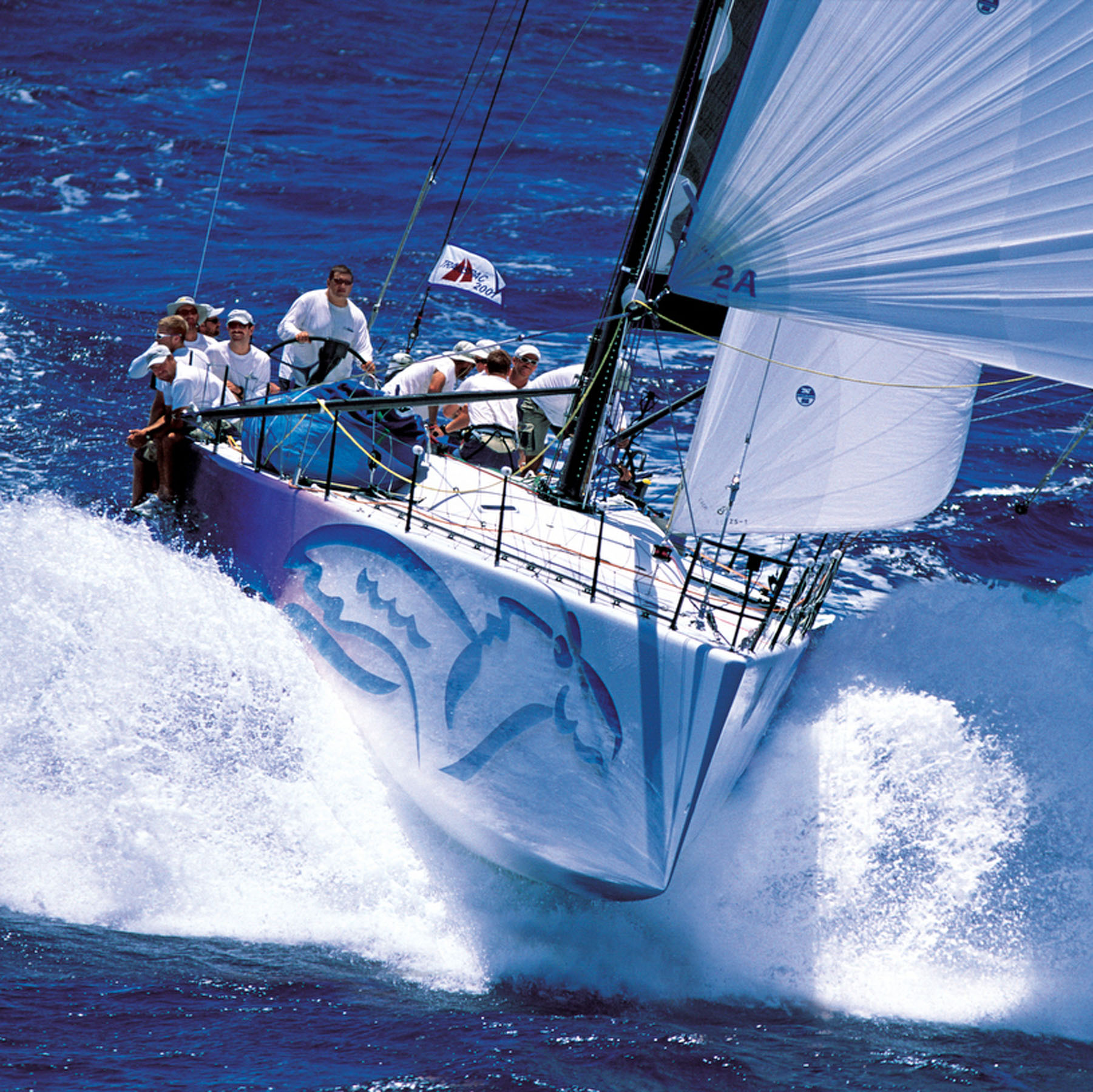
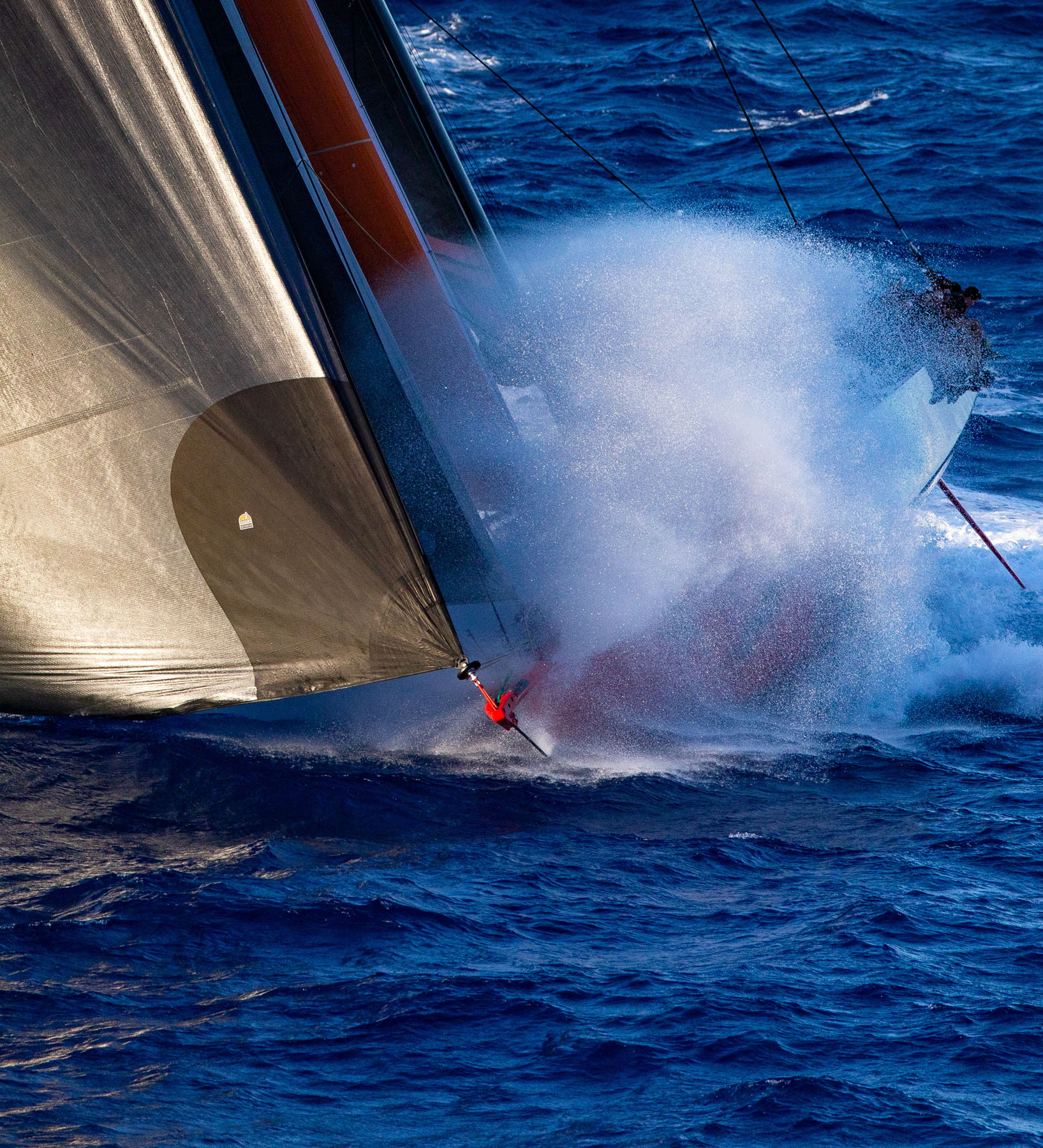
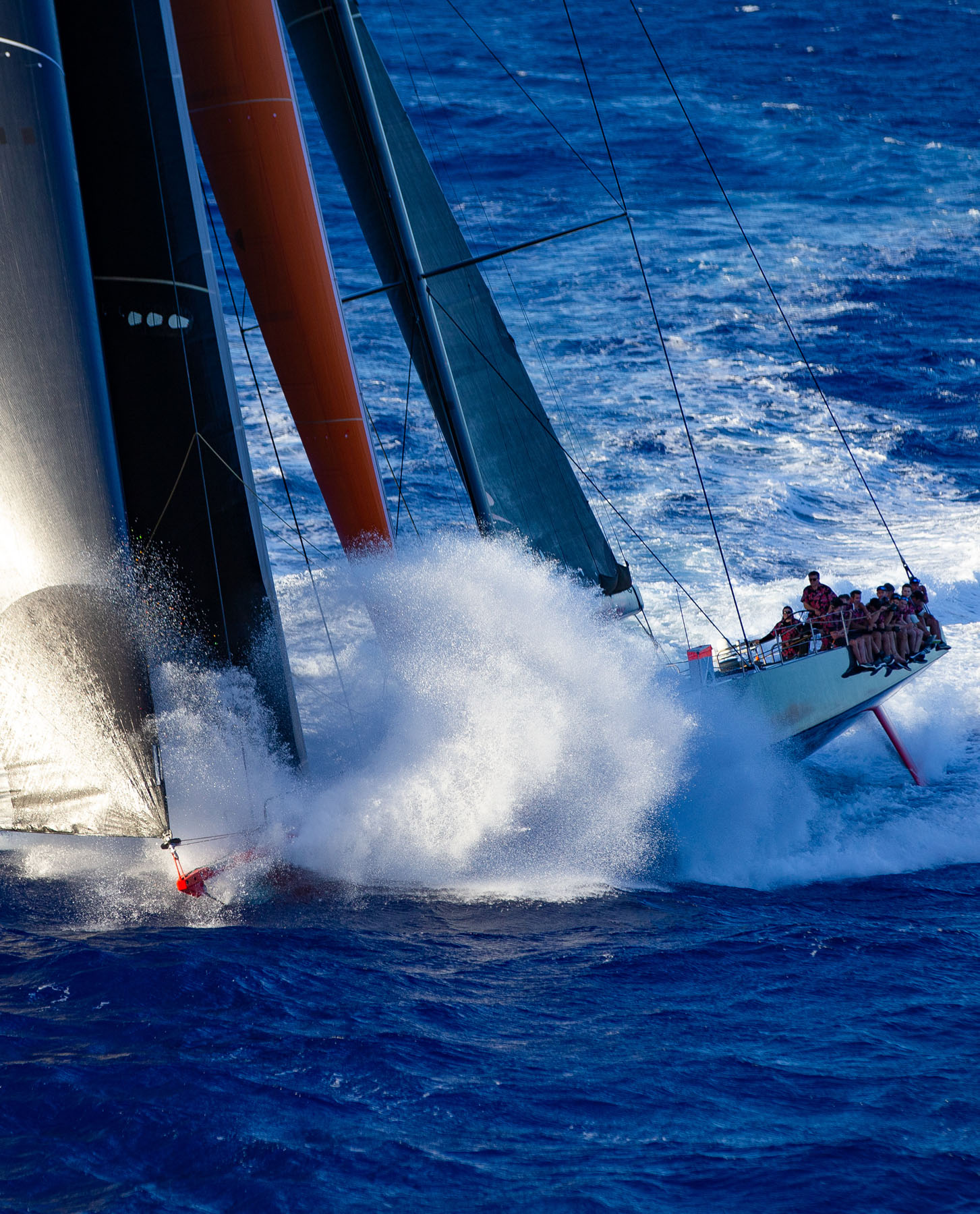
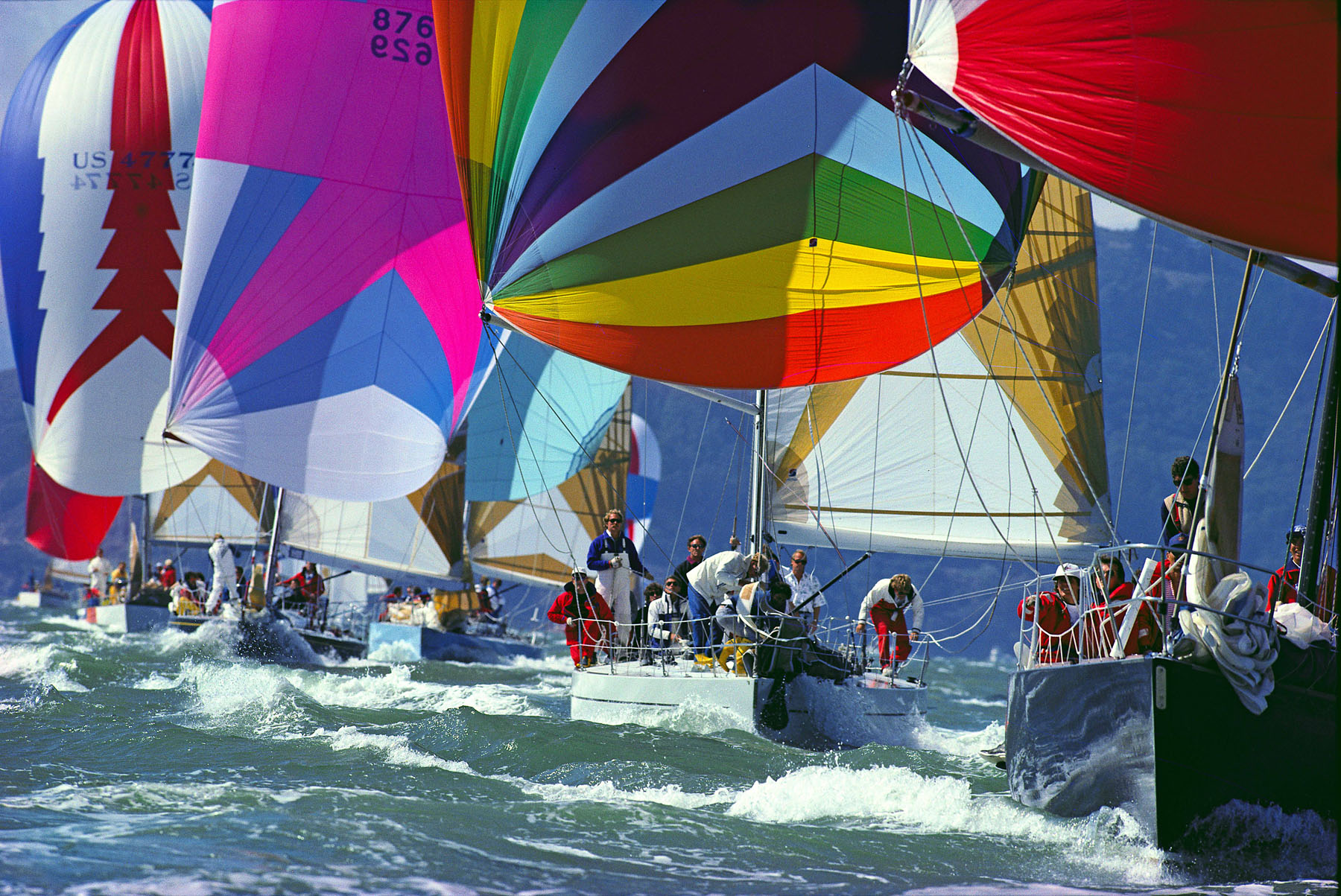
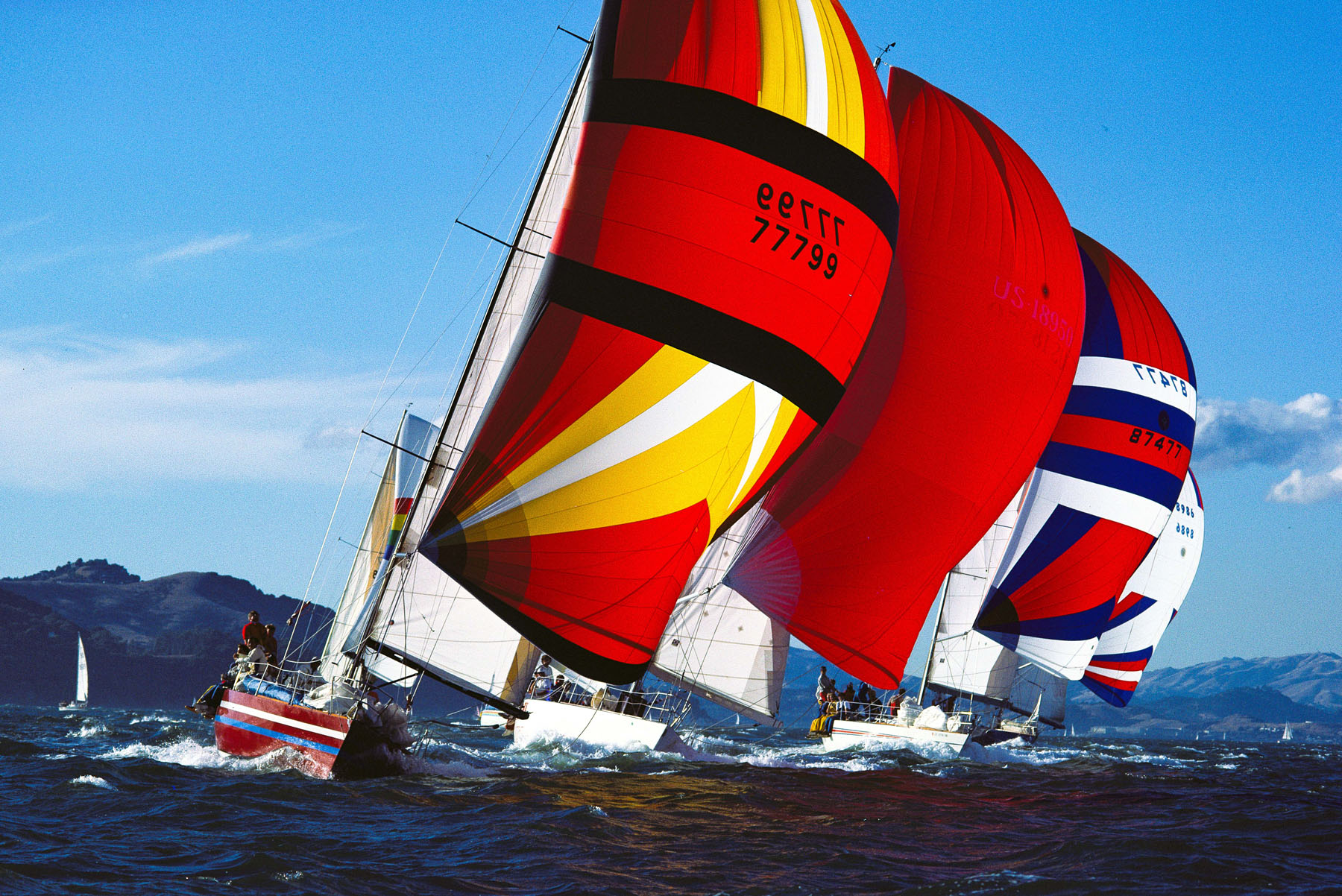
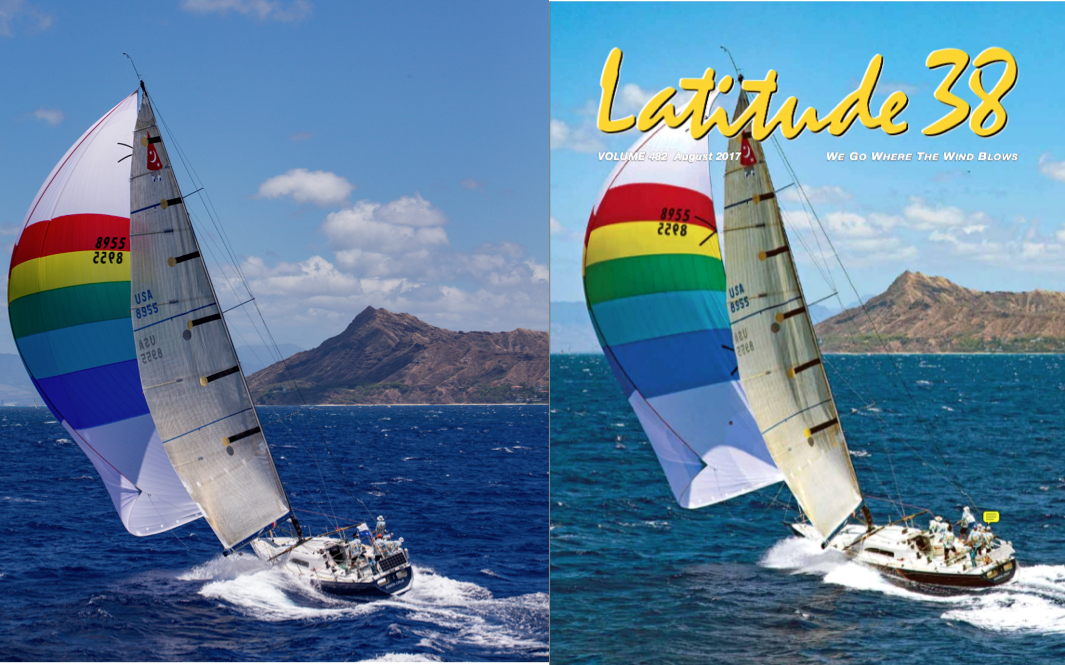
It’s hard to imagine sifting through all the thousands of shots collected from the sailing world’s most spectacular events to come up with just 25+ (two per month plus a cover) for the always inspiring and captivating Ultimate Sailing Calendar to adorn your wall. Somehow she makes it work every year. We were happy to sort through just a handful of the moments from years past. Ross’s January story tells us how she got started, how the idea for the Ultimate Sailing Calendar came to her, and how her career took off from those early days.
Westwind Boat Detailing Offers Washing, Waxing and Varnishing
Zoom in for Wooden Boat Festival’s ‘Ask an Expert’
Here’s an easy and inexpensive way to learn more about wooden boats, without even having to leave the house: Ask an Expert.
From January 6 to April 7, Wooden Boat Festival is hosting a series of eight behind-the-scenes interviews and demonstrations followed by Q&A sessions. Plus, the sessions will be available for on-demand viewing to series ticket holders until April 15.
The series will be hosted by experts around the world, beginning with Lin Pardey at 6:00 p.m. PST on Wednesday, January 6. Lin will be live from her home in New Zealand, where she’s covering the America’s Cup and Larry’s memorial, and planning her next sailing trip.
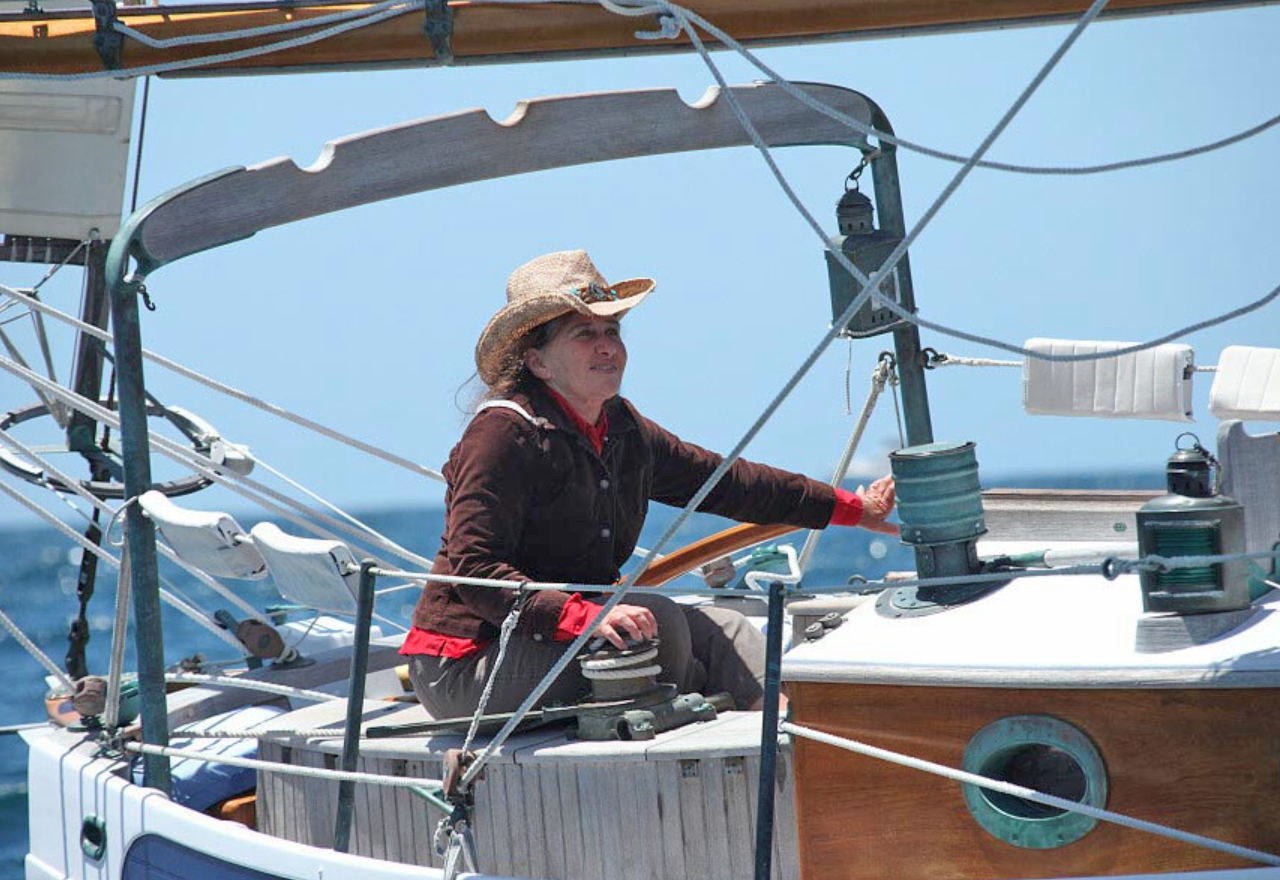
The following seven sessions will be presented by: Douglas Brooks — Building a Boat the Japanese Way; Behan and Jamie Gifford — Pandemic Cruising in Mexico; Chris Chase and Susan Shillinglaw — Behind the Scenes of the Western Flyer Project; Andy Stewart and Paul Bieker — Designing a Performance Daysailer; Ernie Baird and Diana Talley — Estimation and Precision in Boatbuilding; John Welsford — Turning a Dream into Reality; and Danielle Doggett — Ceiba: Building a Cargo Ship in the Jungles of Costa Rica.
Tickets are $5.99 per session, or $30 for the entire series. Get yours now.
Proceeds go toward supporting the Wooden Boat Festival and the Northwest Maritime Center, whose mission is to engage and educate people of all generations in traditional and contemporary maritime life, in a spirit of adventure and discovery.
Vendée Globe Leaders Round Cape Horn
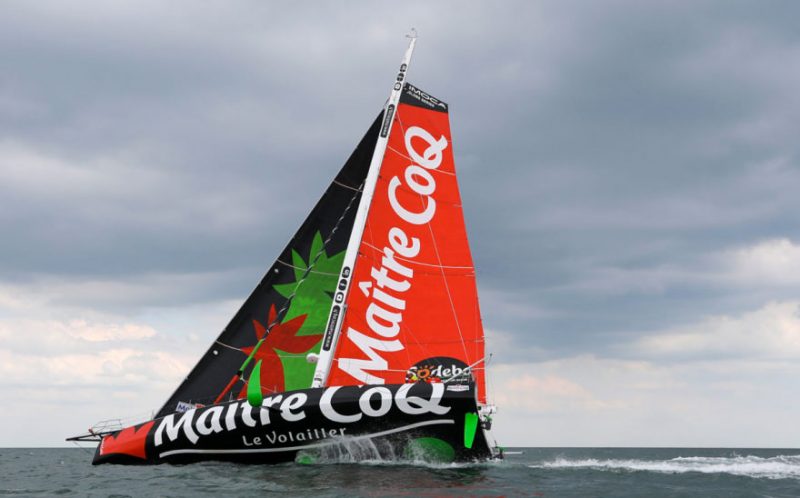
More than 57 days into this ninth edition of the Vendée Globe, the leaders have now rounded Cape Horn and begun to point their bows toward Europe. At the head of the fleet remains the improbable Yannick Bestaven onboard Maître CoQ IV. Bestaven rounded the famous cape with a time of 55 days 00 hours 22 minutes. For the sake of comparison, this year’s Vendée Globe continues to be much slower than editions past. When Armel Le Cléac’h zipped past the legendary rocky promontory in 2016, he did it in just 47 days and change, nearly eight days faster than the race leader this year. Charlie Dalin on Apivia and Thomas Ruyant on LinkedOut rounded next.
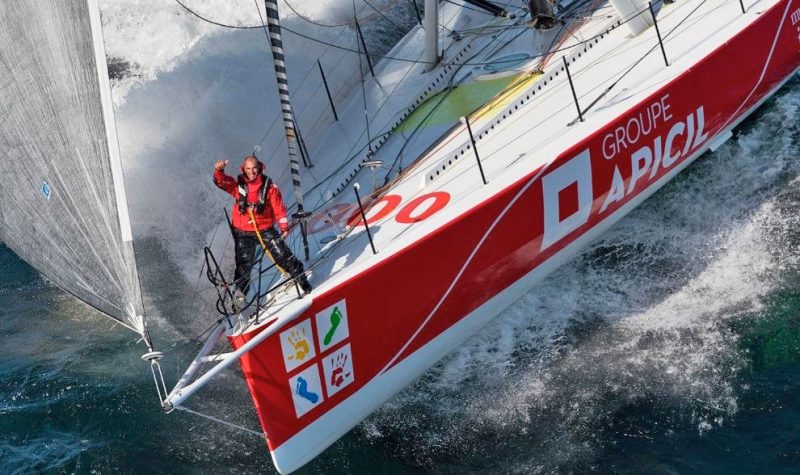
Just behind the leaders, the first main pack of boats from Benjamin Dutreux in fifth down to Isabelle Joschke in 11th remains very tightly bunched. The 6th- to 11th-place boats are poised to round Cape Horn in the next day. At the tail end of this first fleet now lies Isabelle Joschke — the race’s top female competitor. She has been consistently tumbling down the rankings over the past few days. Her own personal challenges reflect the difficulties faced by many skippers in this race, who are merely nursing wounded boats out of the Southern Ocean and back home.
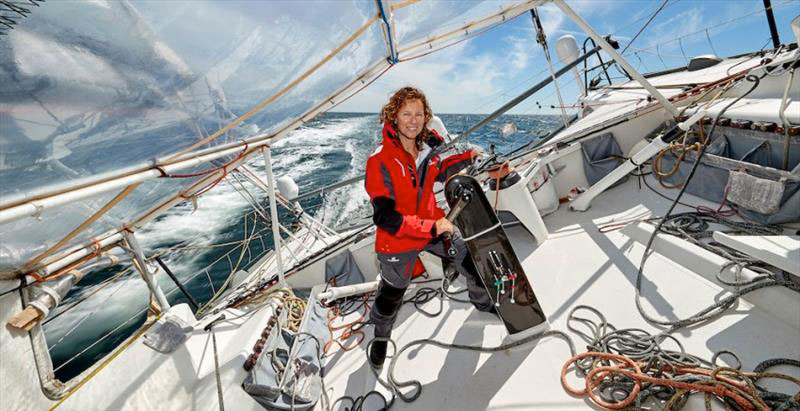
“I lost my aerial 48 hours ago,” reports Joschke. “The autopilot can no longer steer in wind mode. That was already an additional difficulty for me in terms of performance. Then in the night from Saturday to Sunday, I tore my gennaker. Since then I have been short of power. With all these problems, I hadn’t slept enough and I was exhausted. I heard a rather loud metallic noise. At this point I noticed that the cylinder rod had come loose from the keel head. Even so I am still OK because I have a keel-locking system in the middle. Now we can say that the boat is completely out of danger.”
With an autopilot that only steers to a compass heading, a keel that no longer cants to windward, and the loss of her gennaker, Isabelle may soon have to deal with challenges from 12th-place Clarisse Cremer on Banque Populaire and the hard-charging 13th-place Armel Tripon on L’Occitane en Provence.
While many competitors and race fans alike look forward to the day when their favorite boat rounds Cape Horn and gets out of the Southern Ocean, the next leg from Cape Horn to the southeast trades is typically one of the most challenging parts of the entire race. A long and oftentimes difficult and windy beat, ascending the Argentine coast has long been known as a boat breaker. Look for another update in about a week when the bulk of the fleet has made it around Cape Horn and the leaders begin to touch the first trade winds that will give them a quick passage home to Europe.

